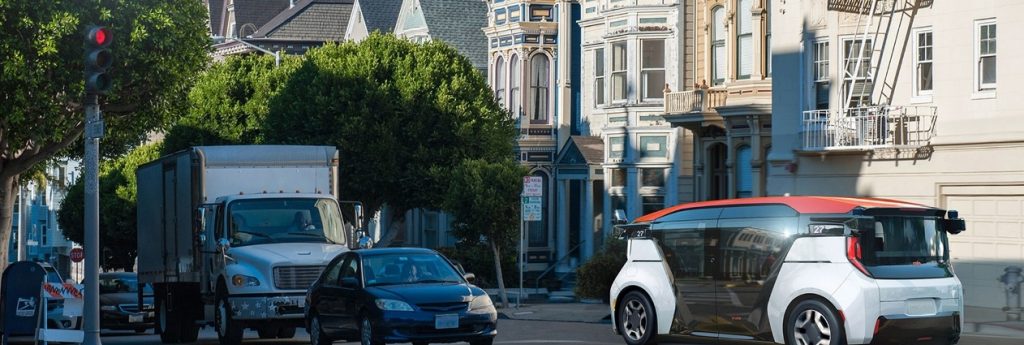Privately-owned vehicles were never so safe as they are today. Nor have they made so much sense. That thought hit me between the nostrils recently, as I sprayed a pungent disinfectant on the steering wheel of my family’s B-segment runabout. Ever since the COVID-19 pandemic exploded, carefully wiping down the car’s touch points with antibacterial cleaners has become a new ritual for us after returning home from food shopping and other essential missions.
My little tribe generally keeps the interiors of our two vehicles tidy, not concours-clean. Finding the occasional French fry buried in a seat track is, however, preferable to the dangerous microbes deposited every minute in the typical ride-sharing mode. The term “clean” as understood by riders of buses, subway cars, trams, trains and planes, means a custodial crew racing down the center aisle with a quick spritz-and-wipe at the final destination. They likely missed quite a few spots, of course, because uptime is everything in the transit biz.
I’ll wager that the average family car is cleaner inside than a typical public-transit platform. Yet surface dirt in any vehicle pales in comparison to the newly ominous health concerns brought by COVID-19. Now we wonder if the air within our driving and riding spaces can kill us. Just as the coronavirus has touched every corner of the world, it has also brought a new dimension to the term “occupant safety.”
Developers of self-driving shuttles are particularly concerned, engineers working on those projects tell me. So is the mobility-as-a-service (MaaS) industry in general. Uber is running TV ads thanking viewers… for not riding with Uber. Even the most germophobic and fastidious Uber driver cannot get his or her personally-owned vehicle clean enough to deliver an acceptably “safe” mobility experience in the killer-virus environment.
COVID-19 is also, I’m told, making some venture-capital firms question whether AVs and their enabling technologies are worth the risk in the short-to-mid-term, given ever-longer development challenges related to the health-safety issues.
As Cruise Origin chief engineer Jason Fischer told me in a recent interview for the AV industry to succeed it must instill a full and abiding confidence in the customer base that every self-driving vehicle is safe in which to travel. Confidence that they won’t crash. Confidence that if impacted by another vehicle, the AV will protect its occupants. And now, confidence that “safe” means ensuring that their cabins aren’t petri dishes for the next pandemic.
MaaS concerns related to the global health crisis exacerbate declining consumer sentiment related to future mobility technologies. The recently published J.D. Power 2020 Q1 Mobility Confidence Index Study anticipates that post-COVID-19 consumer needs for mobility may shift even after life returns closer to normal. Some people may steer away from shared transportation toward more private vehicle ownership, experts noted. Some of those private vehicles may include more-sophisticated ADAS. An upside: Self-driving delivery services may arrive at an optimal time when consumers look to minimize social contact.
Billions in investment dollars are riding on the promise that AVs will save lives. But for the AV revolution to win the public’s full confidence, more will have to be spent on new innovations in cabin filtration, occupant sensing and health-monitoring, and automated vehicle-sanitizing technologies. Engineers who are up to the challenge should ask: Will elderly riders for whom autonomy holds the greatest promise trust a MaaS app not knowing if the roboshuttle coming for them is hygienically – as well as structurally and dynamically – safe?
By
Source: https://www.sae.org
CUT COTS OF THE FLEET WITH OUR AUDIT PROGRAM
The audit is a key tool to know the overall status and provide the analysis, the assessment, the advice, the suggestions and the actions to take in order to cut costs and increase the efficiency and efficacy of the fleet. We propose the following fleet management audit.




